Primitivism/Orientalism Lecture Flashcards
1/24
There's no tags or description
Looks like no tags are added yet.
Name | Mastery | Learn | Test | Matching | Spaced |
|---|
No study sessions yet.
25 Terms
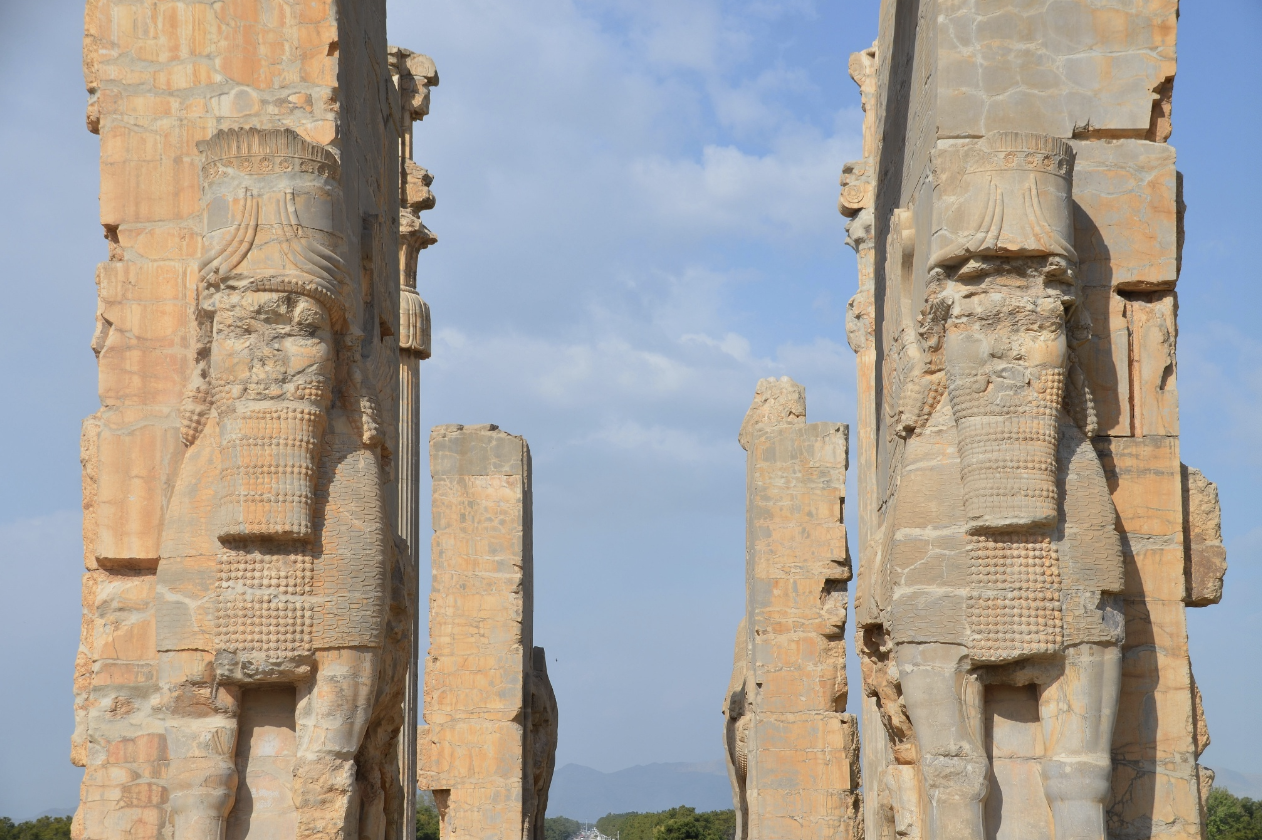
Lamassu, winged bulls with human heads
Thought to ward off evil
Shown: East side of the Gate of All Nations (Gate of Xerxes) in Persepolis, Iran
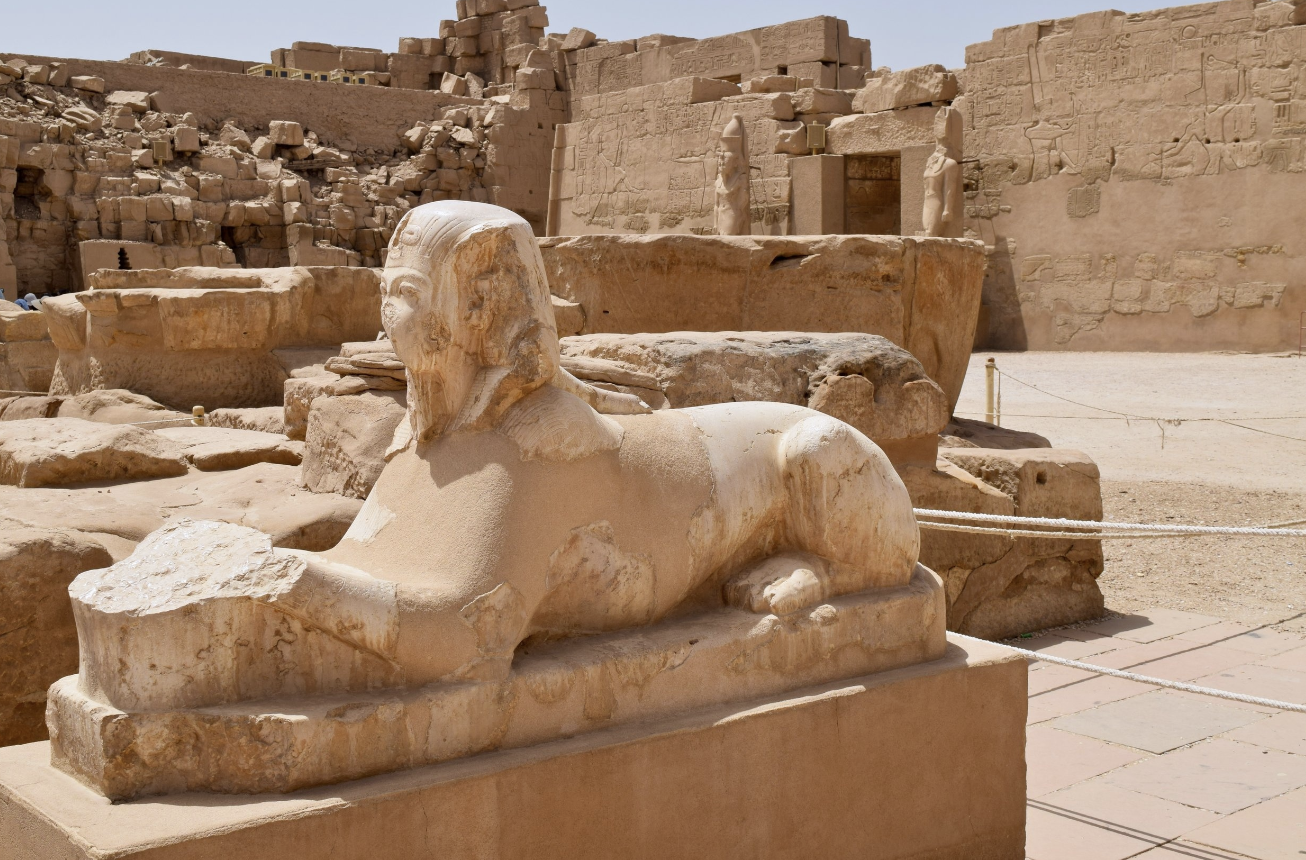
Sphinxes from Karnak (Luxor, New Kingdom Egypt)
Enormous temple, added on to by subsequent generations of pharaohs
Sphinxes are really easy to steal, turn up in Western museums over and over again
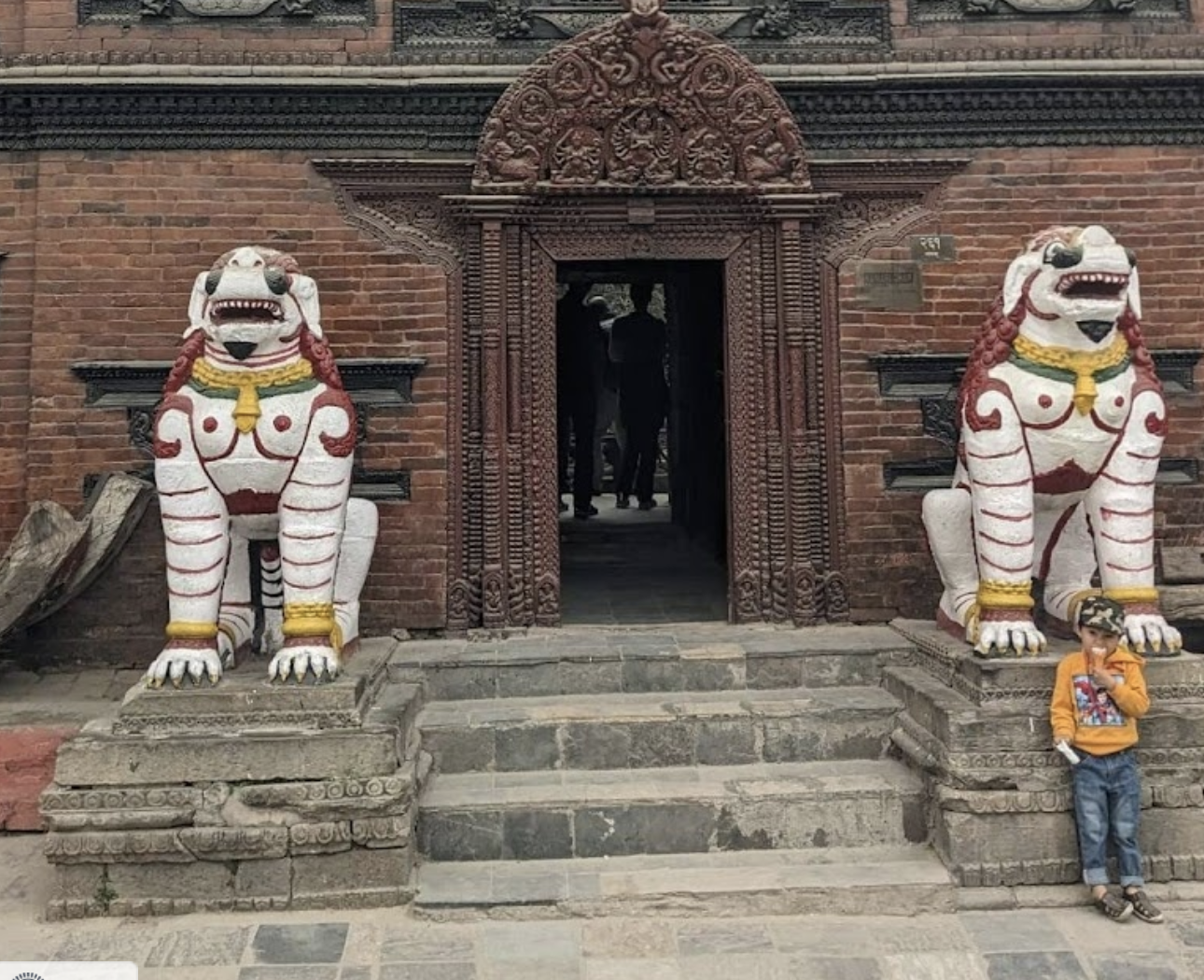
Nepal, Guardian Lions of Singha at the Kumari Ghar
Dedicated to the goddess Siddhi Lakshmi, worshipped from like 9 years old in this temple, lined with finery and presented on a balcony
Stairway is lined with five pairs of guardian statues: Two wrestlers, elephants, lions, griffins, tantric goddesses, each pair being successively more powerful
Kathman du (?), temples over and over have these statues that have a deep meaning inside of the community
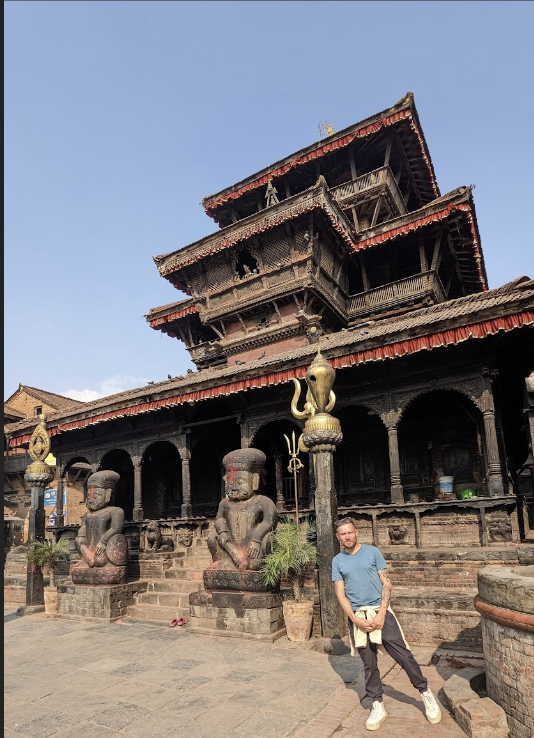
King Yaksha Malla (1428-1482 CE)
builder of a Duttatreya temple (fusion of Shiva, Krishna and Brahma), opened to the public in 1486 CE
Comparison: de Medicis, guarded by statues of Rao Jaimal of Rathor, ruler of Badnor, and Patta of Kelwa, hindu princes resisting against the Mughals
When you begin to do the difficult research work of researching a temple guardian, there’s this richness at the end of the tunnel
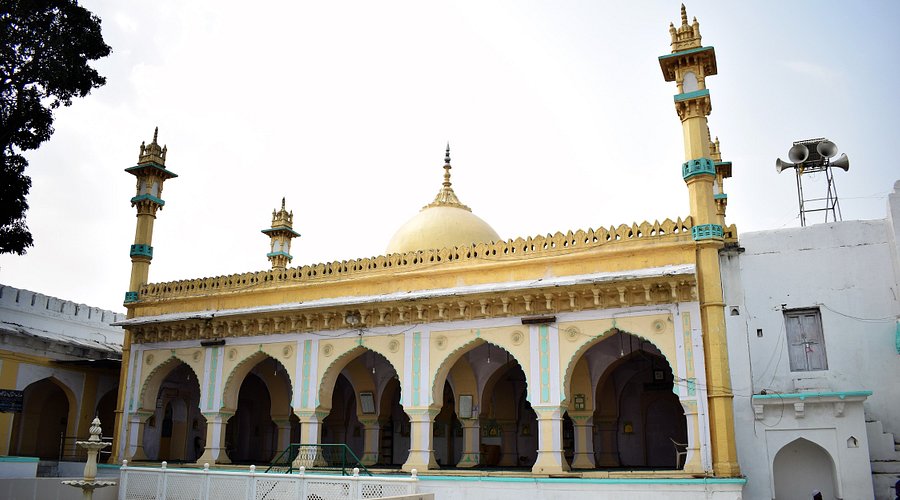
17th century emperor Aurangzeb’s grave is India’s flashpoint
The tomb of a 17th century emperor is still causing violence up to this day
The choices you draw from will be looked at by cultural patrons!
Conflict in Nepal surrounds if his tomb can be demolished or not, and there’s religious conflict surrounding it
Even though there’s conflict surrounding it, it’s protected by historical protections
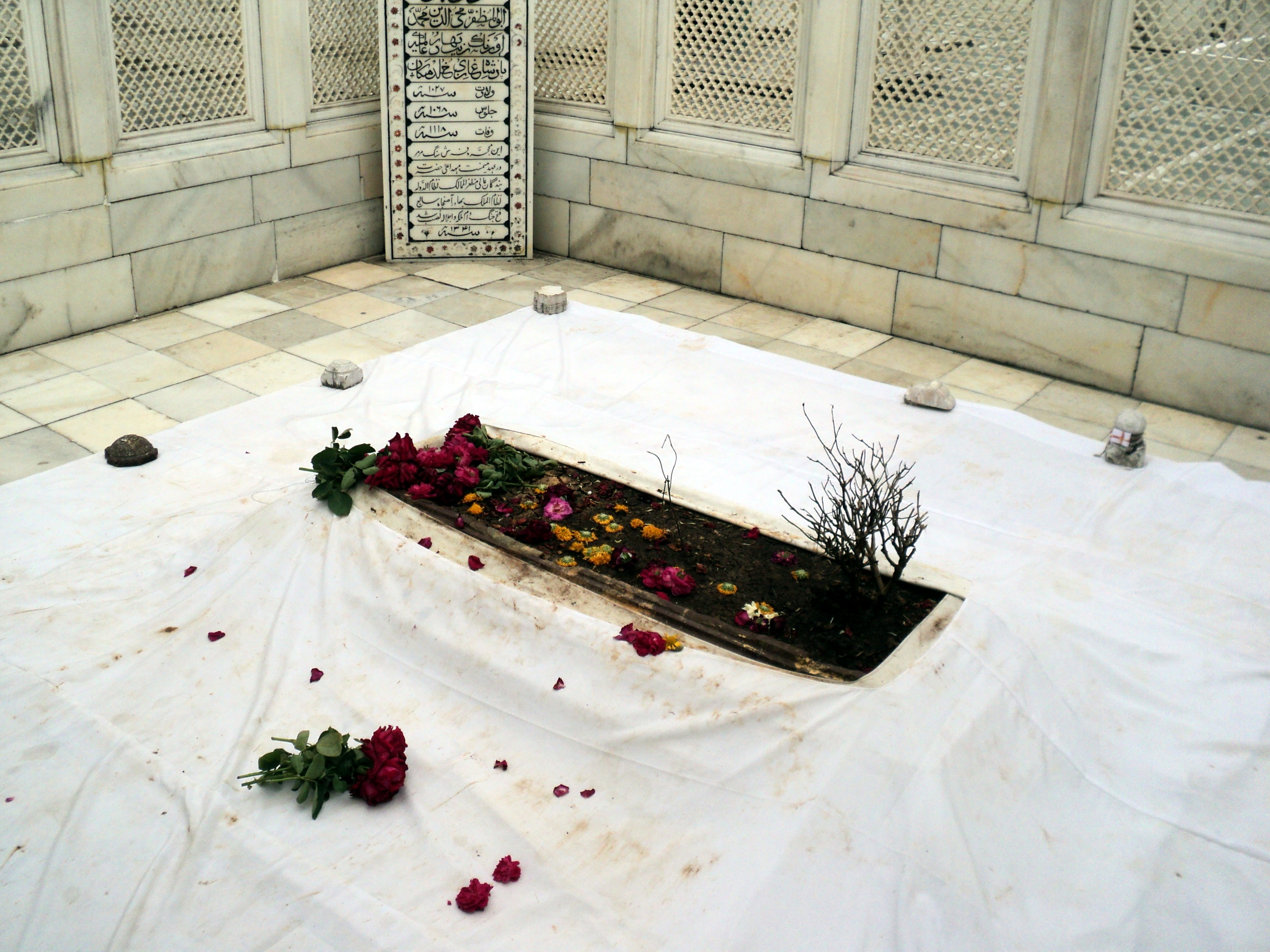
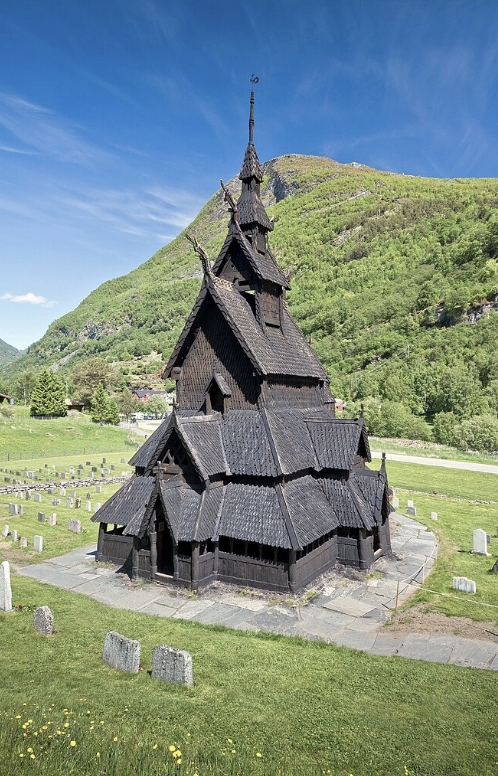
Comparison: Borgund Stave Church, 1200, in Laerdal
Associated with Vikings, Russia, Norway, etc, made of timber
One of norway’s most beloved monuments
Genshin draws from these complicated pasts to influence an orientalist mish mash of a game
Comparison: Egyptian influence, Genshin temples compared to the Fifth element
Compared to: Hegra Archaeological Site, Qa-r-al, Farid, “The Lonely Castle”
Largest of the 1st century Nabataean tombs
Petra, archaeological site in a lot of contemporary media
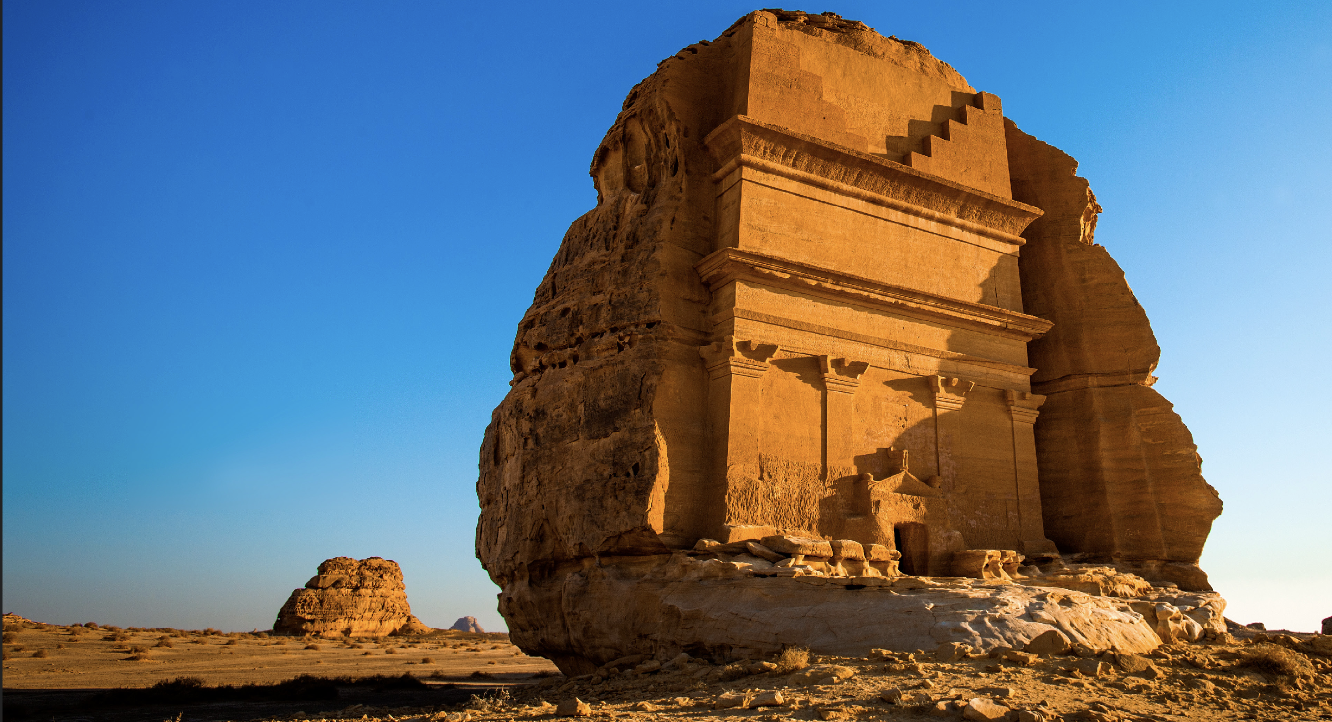
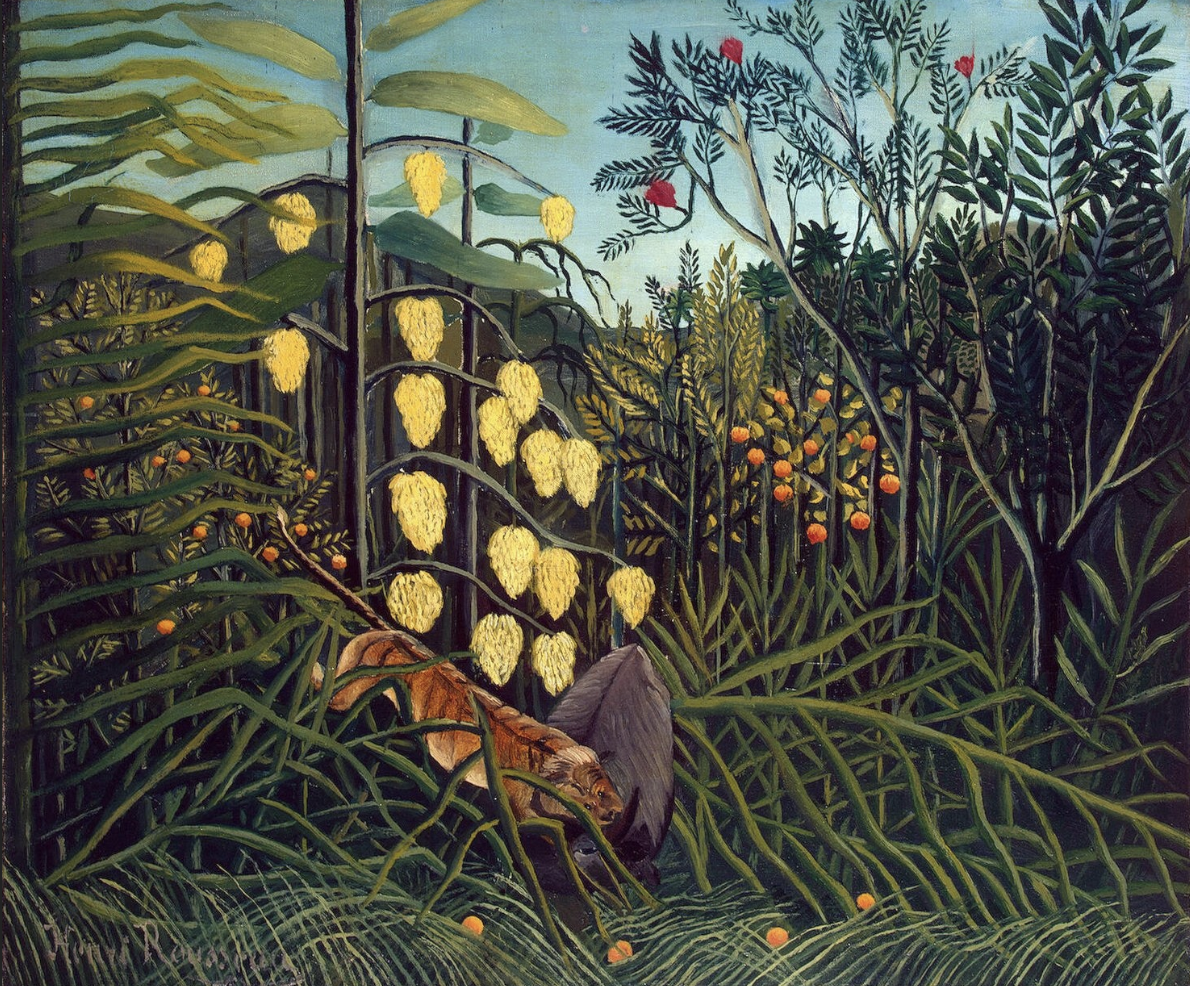
Henri Rousseau, 1844-1910, dans son atelier de rue Perrel devant le tableau
Outside of the government stranglehold on history painting, there’s been a shift towards Orientalist ‘return to primitivism’ racist subjects
Rousseau, In a Tropical Forest, Combat of a Tiger and a Buffalo, 1908-09
Radically different from Gerome and the talent shown in the Salon, this is a style that looks deliberately amateur, without formal training
Orientalism->Primitivism is a direct line
Shows a space brutally under colonial rule, all under colonialist notions of the ‘mysterious’ exotic other
he viewed these exotic plants as if he was entering a dream
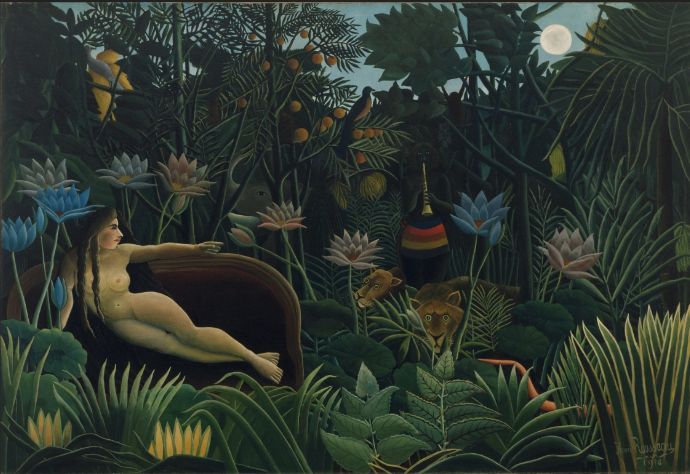
The Dream, Rousseau’s last completed work, 1910
A lot of his work has this dreamlike imagery, and at that time there was a Freudian interest in psychological study in dreams
You can’t photograph your dream yet, photography still has a place
First exhibited not at the Louvre, but in his own independent exhibition
Yadwigha (his Polish ex-girlfriend) falling asleep to a reed instrument, falling asleep to a black lady snake charmer
Movement towards abstraction
Comparison: Venus of Urbino (Titian) and Olympia (Manet)
Even though the artist probably didn’t intend to be racist, his paintings really were
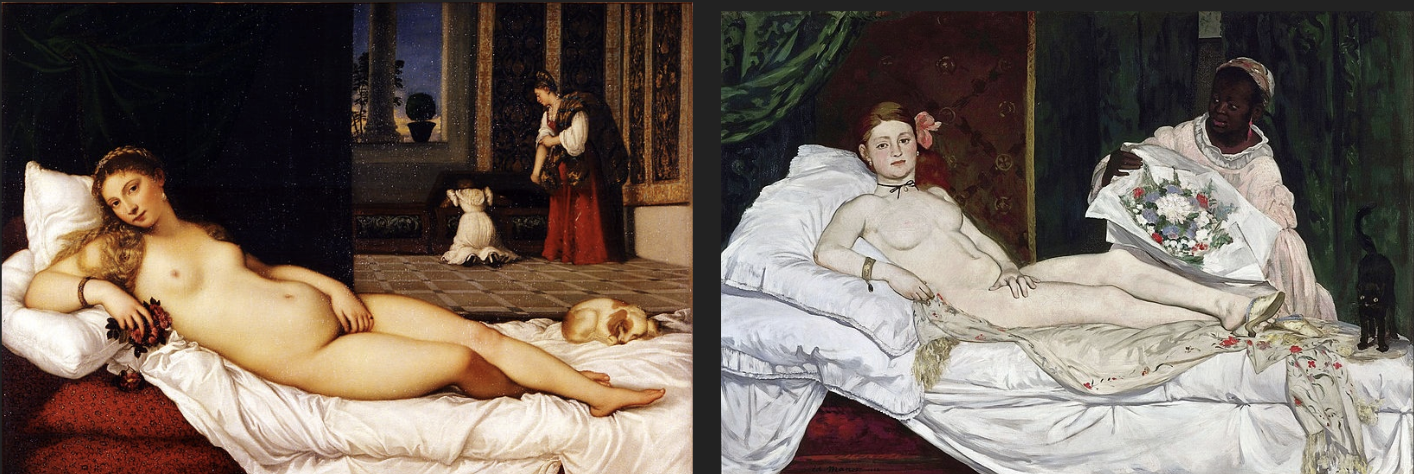
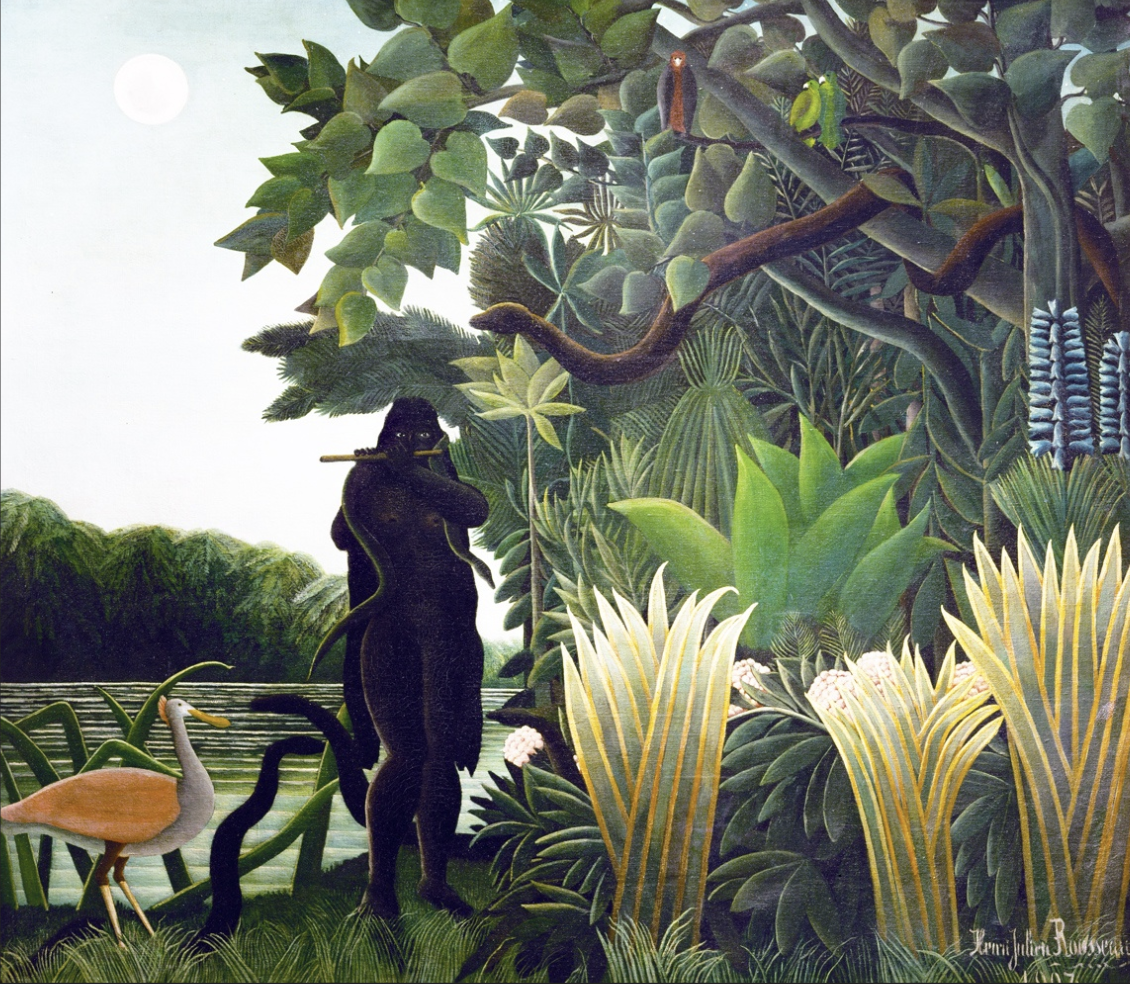
The Snake Charmer (d’Orsay) commissioned by Berthe, Comtesse de Delaunay, mother of artist Robert Delaunay, Rousseau’s first large commission
Naked woman with a tree, references the bible (garden of eden)
Black woman being naked also references back to primitivism (and orientalism)
A reminder of how the male gaze continues to cycle through the paintings
Rousseau remarked to Picasso: Basically, you do in an Egyptian style what I do in the modern style.
Comparison: 1884, No Jury, No Reward, group of independent artists in the Salon des Independants
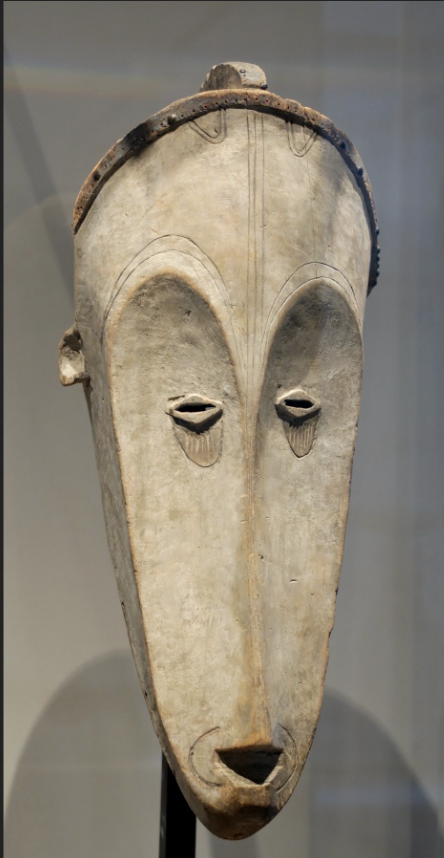
Fang mask used for the ngil ceremony, used as inspiration for Demoiselles d’Avignon
To protect yourself during these ritual dance ceremonies, this mask would have been carved
All of this significance is carved away from it when it’s dropped on the head of a sex worker
Just like Genshin Impact!!!
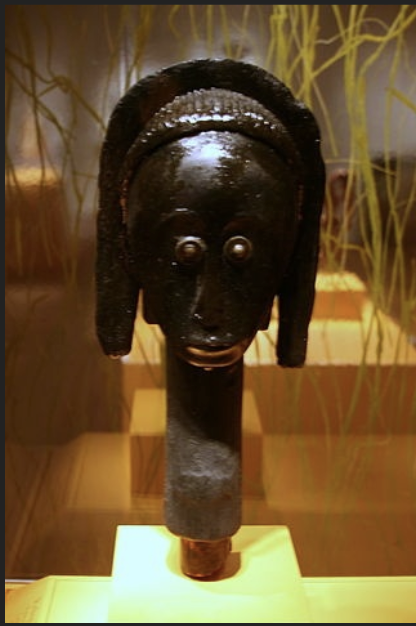
Reliquary guardian head, Fang peoples, Gabon. Late 19th-20th century
The remains of the dead can be placed in these figures, which was misunderstood as cannibalism by western missionaries and merchants
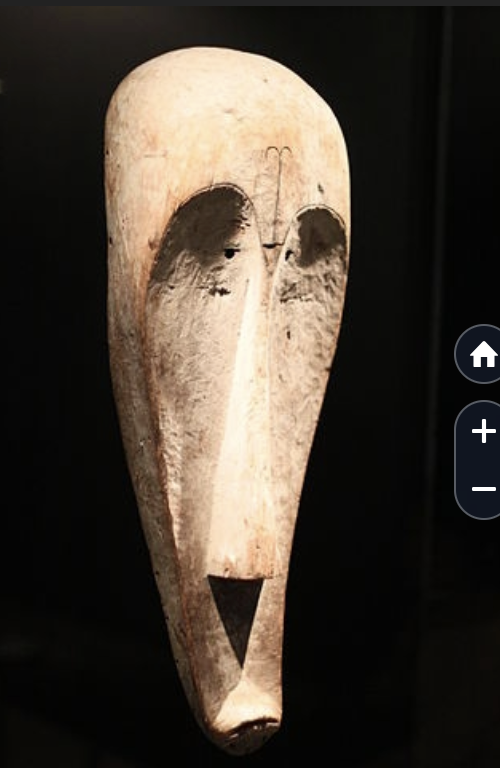
Ngil mask from Gabon or Cameroon, Fang people, in a museum in Berlin, Germany
Even today there’s this recontextualizing and returning of indigenous artworks, such as certain sections in the Smithsonian museum today being closed because there’s things there that are not supposed to be seen by the public
Solomon-Godeau, Abigail “Going Native: Paul Gauguin and the Invention of the Primitivist Modernism”
Explores the notion of primitivism as the notion of desirability and distance
Kind of goes in line with the interest of anime, how we embrace this thing that’s kind of other
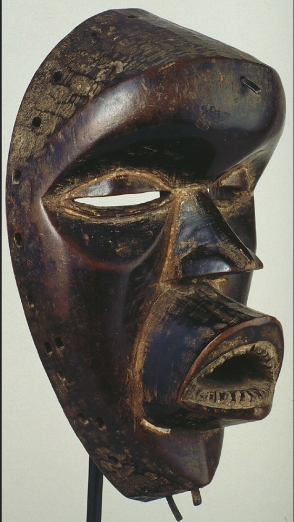
Cote d’lvoire or Libera, Dan artist, Tankagle (mask), U of Iowa museum of art
It’s been hypothesized that the Dan mask Matisse showed Picasso was a piece purchased from Emile Heymenn’s shop of non-Western artifacts in Paris
Like if you put a tutu up on a wall without knowing about ballet, it’s a dance costume!
These characters appear with an orchestra and entertain the audience, kind of like the commedia dell’arte?
These images are used to justify colonization, as the ‘saving’ of a culture stuck in the primitive past
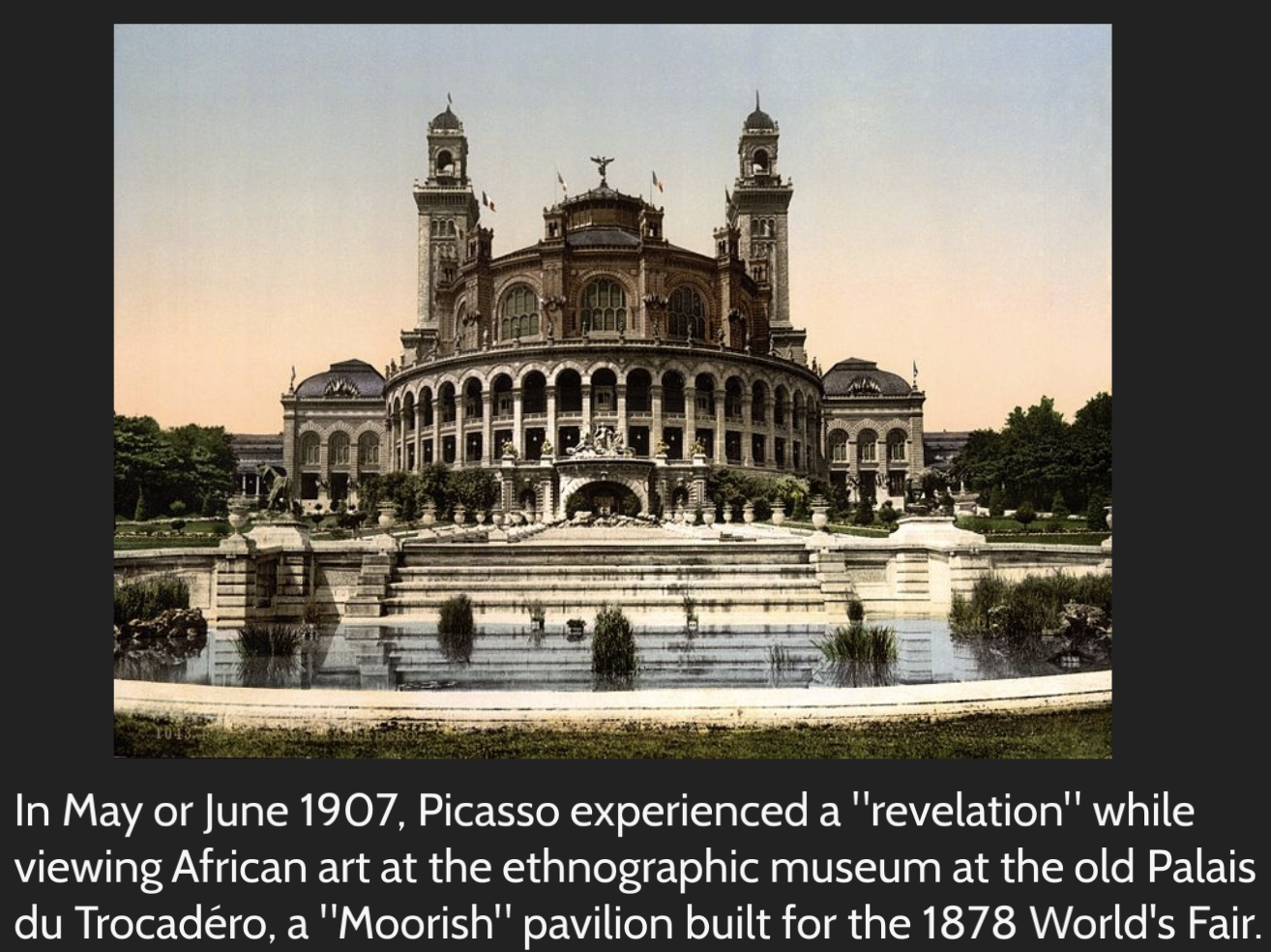
Moorish (Term)
the term Moorish is used as a blending of a bunch of cultures, an Orientalist term
Picasso was inspired by viewing an ethnographic museum at the old Palais de Troudaco, a ‘Moorish’ museum
He saw in African masks as ‘what humanity is all about,’ a primitive idea
Picasso, Three figures under a tree, 1907-08
The smell of age and mold almost caused him to leave the Moorish museum, but he was such a brave boy and stayed and explored the museum
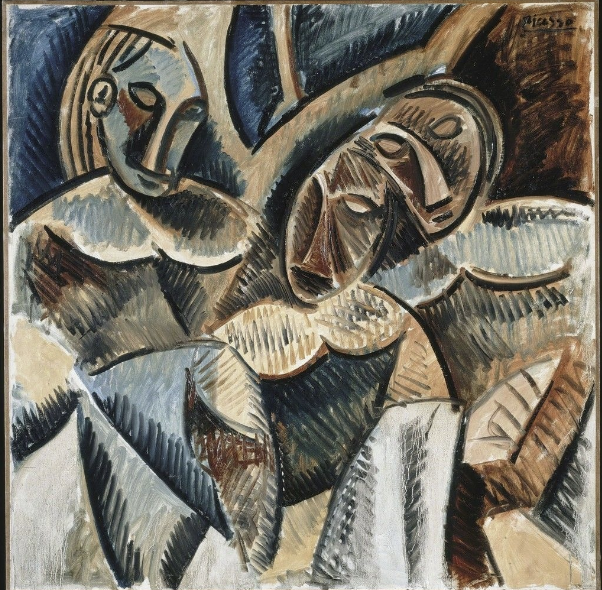
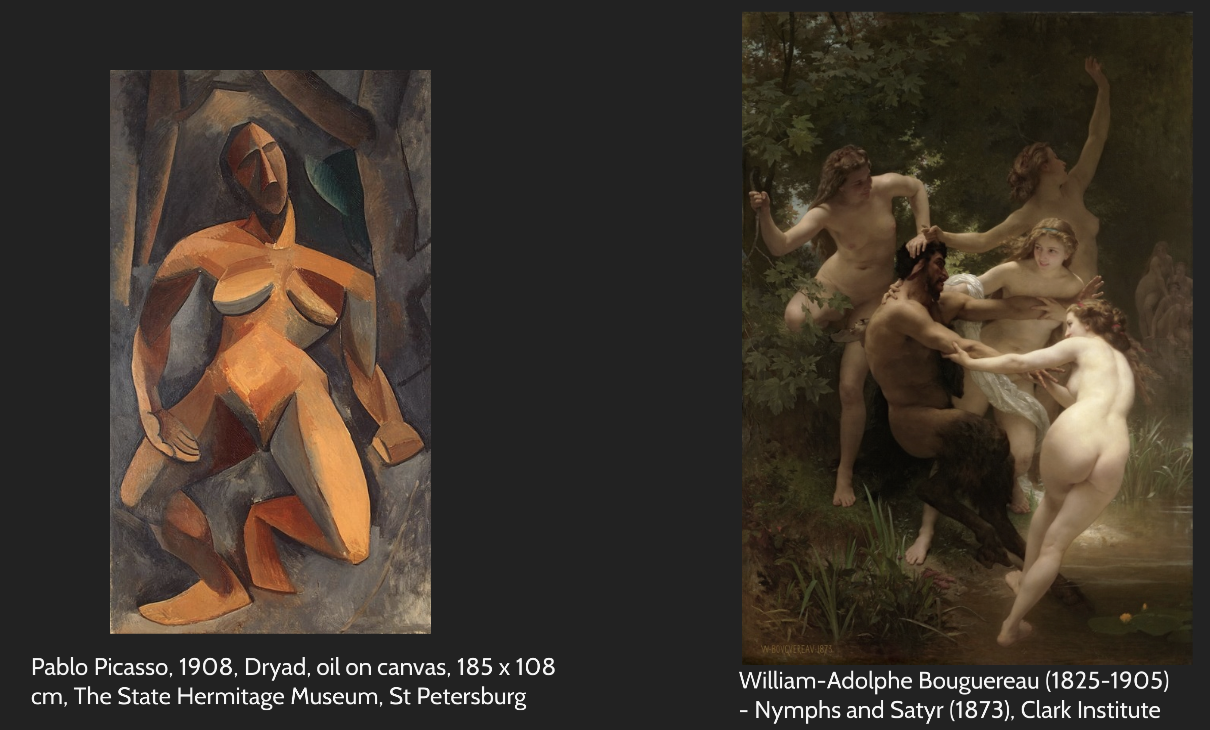
Pablo Picasso, 1908, Dryad
Compared to: William-Adolphe Bouguereau (1825-1905), Nymphs and Satyr (1873)
Bouguereau was supposed to be the da Vinci of his time, but surprisingly we don’t know him lol
Educated, trained, given all this privilege, but is completely ‘outshined’ by his borrowing and stealing of African art to make distinct art
Naked girls wearing an African masks
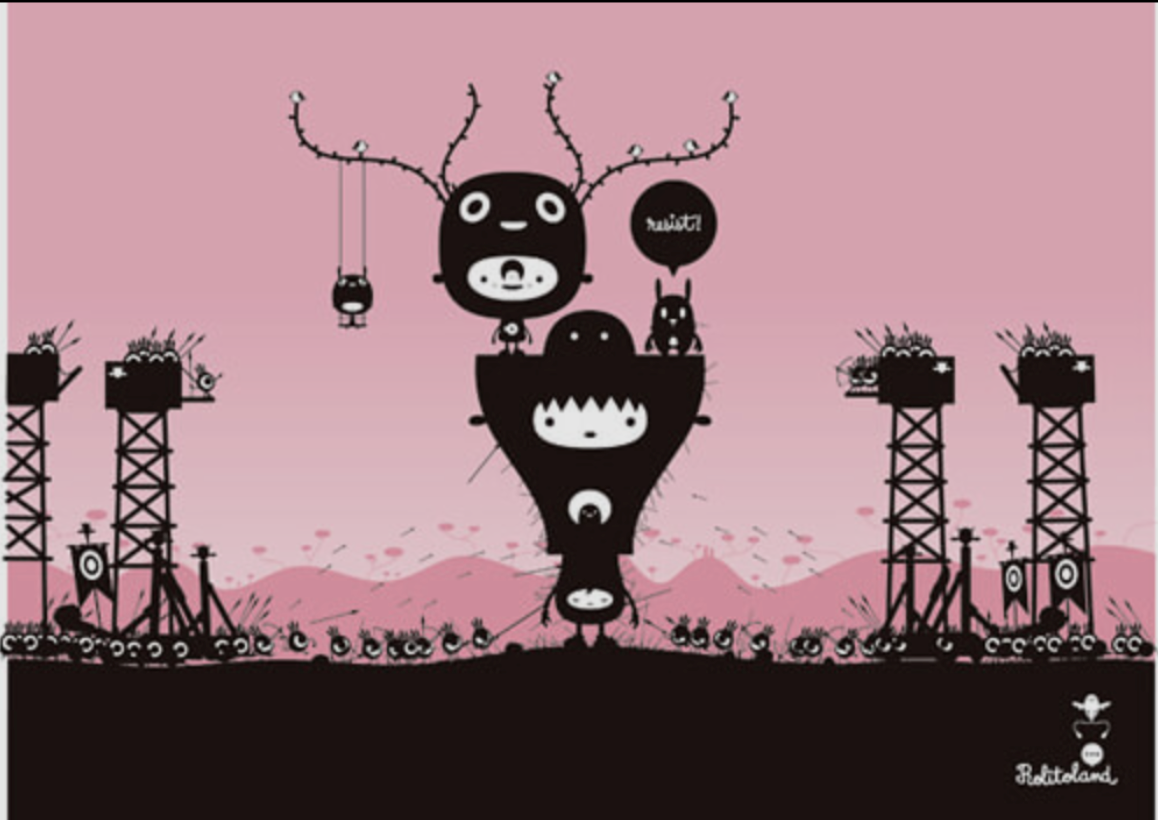
Patapon
A Japanese game where you go through by drumming, the sound is an integral part of the game
This game received a lot of critical attention 10 years ago, lots of tribal designs inside the game
Moorish, and tribal designs perhaps from Papua New Guinea
‘Congas and bongos weren’t satisfying enough, so they added more sounds to make it even more ‘interesting’
That’s pretty deliberately Orientalist lol
They think the game’s style will be for adults with good taste, and draws from these canons of art history
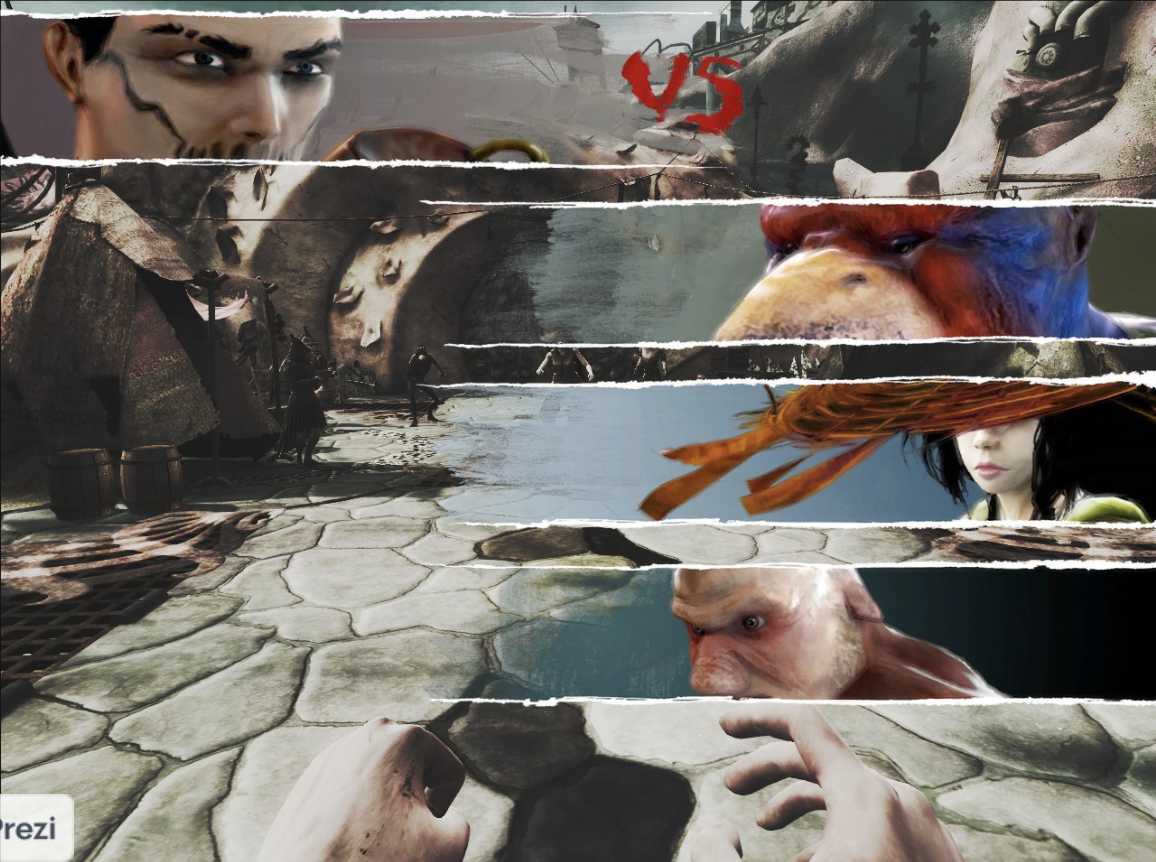
Zeno Clash ACE Team 2009
How does Picasso’s obsession with African art move forward with stuff like this?
In this game, you fight fist to fist with the primitivist creatures in the jungle
The dialogue is also a ‘jumbled mess,’ perhaps using primitive speak (I eat rock, you go home) and low quality audio, and lack of clear storytelling
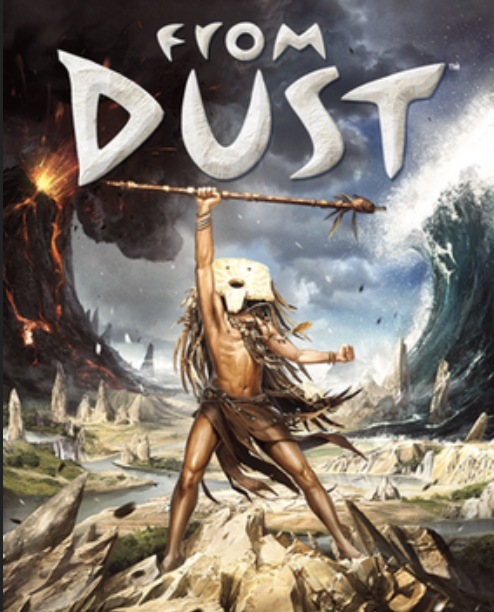
From Dust, Ubisoft
You play a god-like figure guiding people across hazards, as you’re playing you’re a god over folks of color
Creator Eric Chahi, created Another World and Heart of Darkness
He went across the world ‘studying volcanoes’ and came back to make these games
Deliberately orientalist
Statues inside the game look like the statues on Easter Island
Comparison: Paul Gauguin, Tahitian Idol, the Goddess Hina, 1894
Gauguin was also a racist dude, did things such as buy a 15 year old girl from her family
Gauguin, and the Gold of their Bodies, d’Orsay, Paris
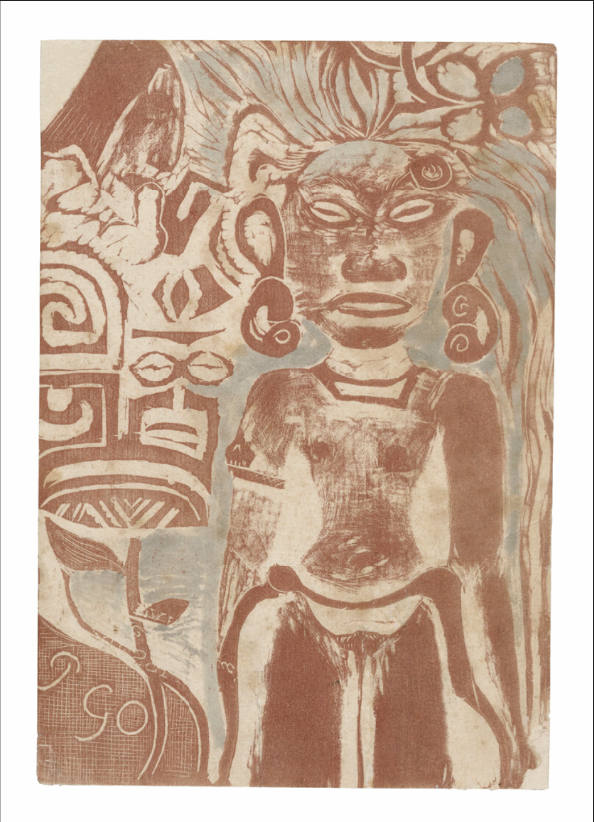
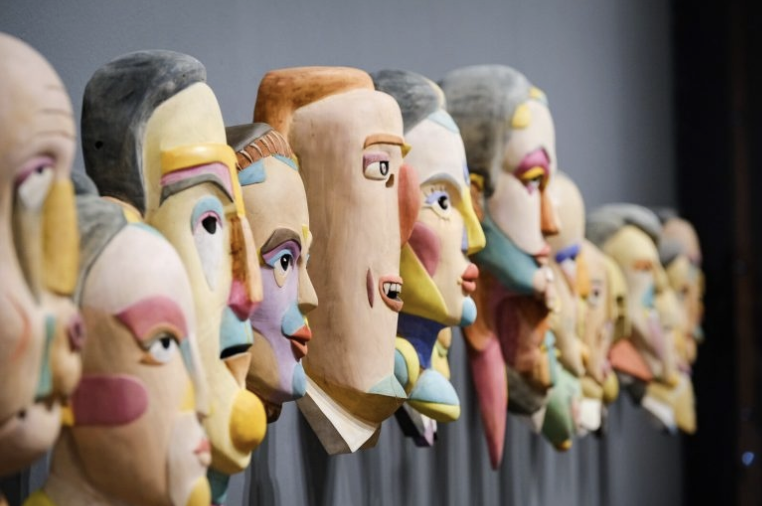
Blind Memory of Mauricio Limon de Leon, one of Mexico’s leading contemporary artists
When you go there, you go to this catholic church and orphanage, kind of an oddity in a ‘modern’ society
Very clearly a satirical rework of primitivism, laughter defines and separates us from the rest of the species
The highlight: African masks used as an abstraction of ourselves (white people), Performing White skin
reminds us just how politicized the whole primtivist thing is with the African masks, these are depictions of ‘the viewer’ as the African masks would have depicted of African people from that time
He had a video of a performer wearing his take on this primitivst mask
As we move forward, we have this ‘suitcase’ of memories that we take with us of modern art and primitivist
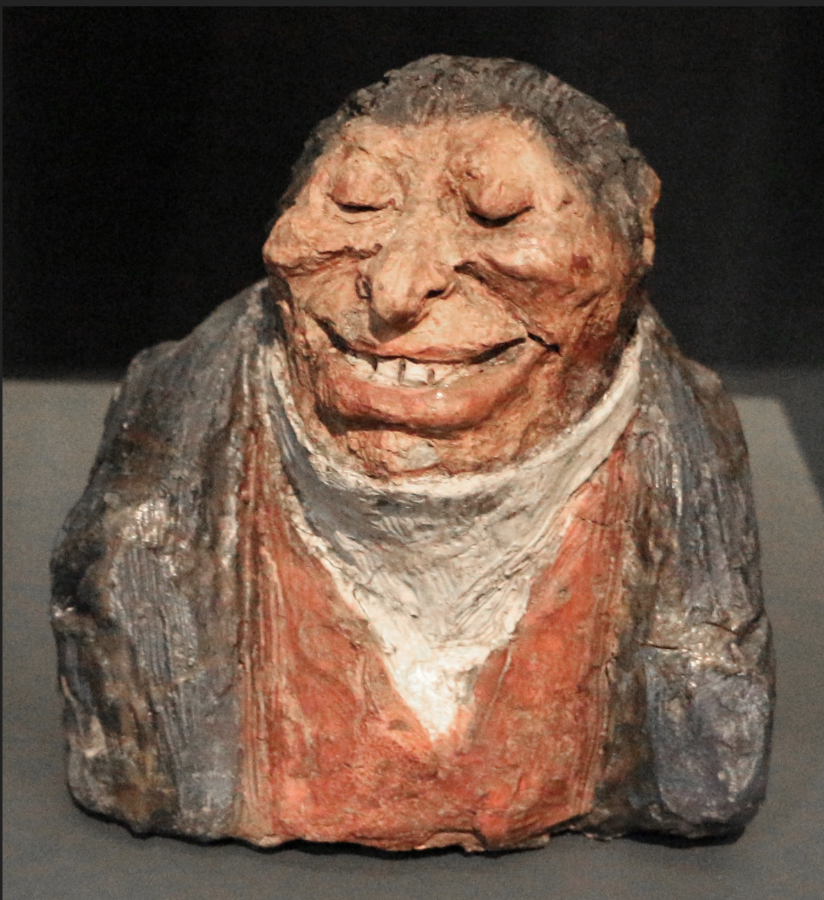
Auguste Hilarion de Keratry (1769), terracotta bust
A political caricature, a snapshot into what the politicians of the time looked like
Usually busts are of Greco-Roman leaders, these are re-imaginings with American politicians
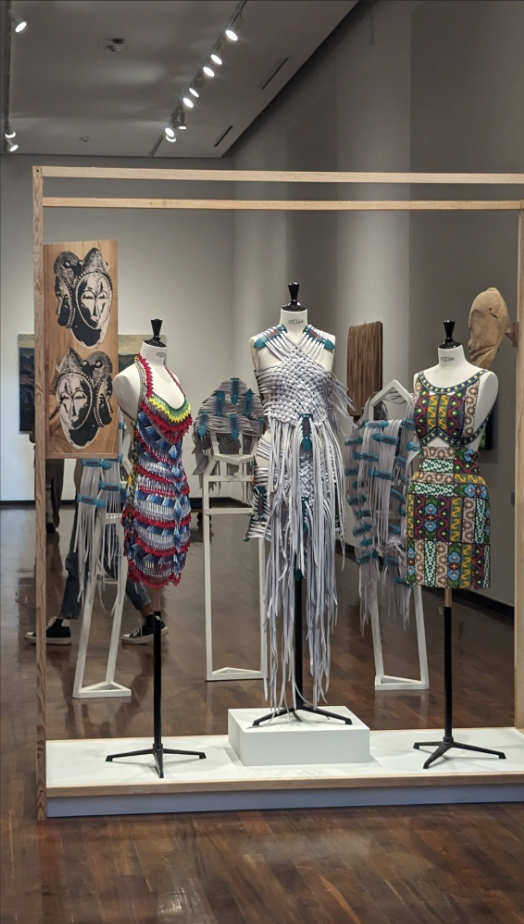
Limon de Leon, made in collaboration with Wixarica artists Josefina Venegas and Ramon Carrillo
Clothing towards extending their research towards the production of objects with artisanal techniques, Limon de Leon
This as a case study for cultural appropriation… a mexican contemporary artist deploying African art as a sense of primtivism
Although it might seem like it’s kind of dumbing down the culture, he’s working with indigenous leaders in the community to highlight the extension of their research towards indigenous culture
Asking us to look at the intersection between an ancestral object and commercialization/capitalism
It’s not to sell a product, it’s to make us question what a product is to begin with
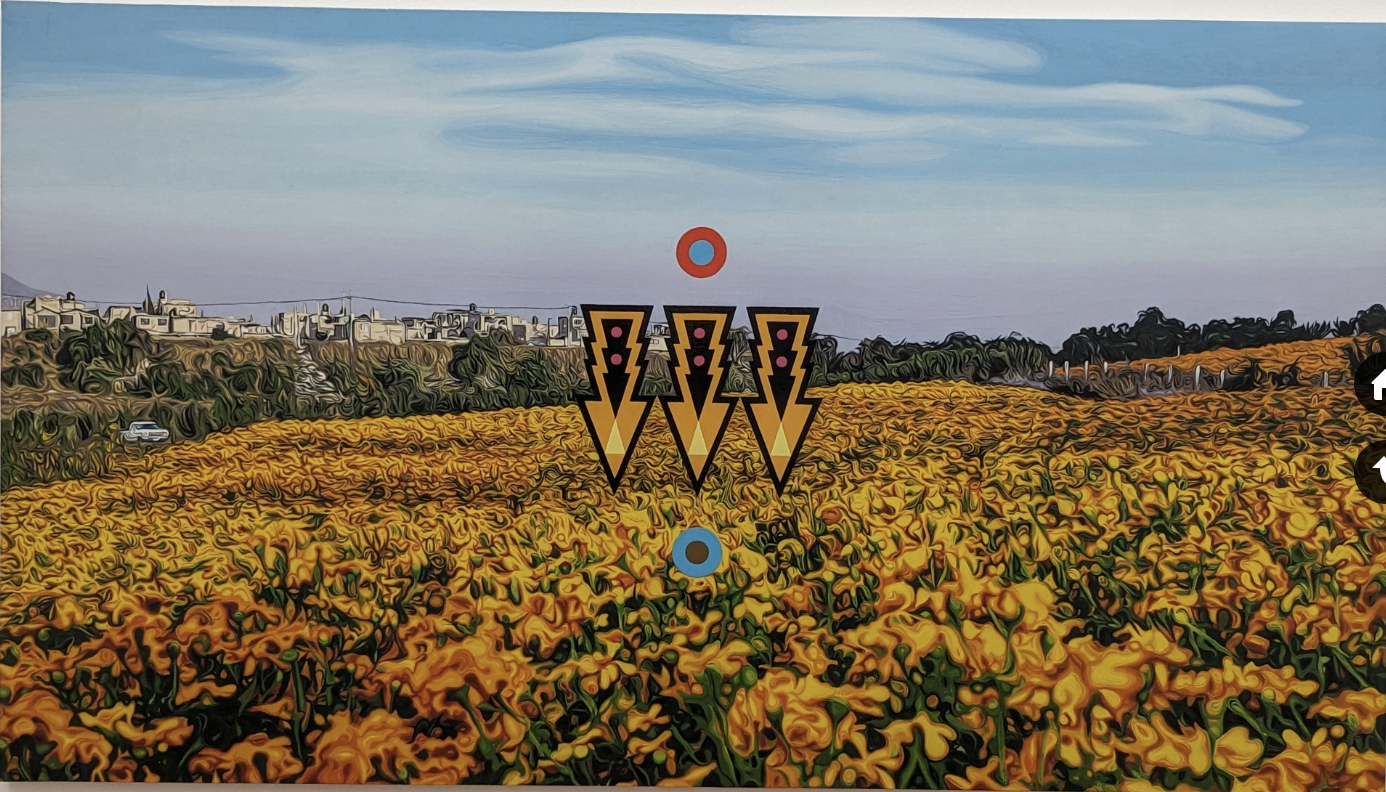
The exhibiton also includes some disconcerting paintings, appropriating from the surrealist painter Yves Laloy
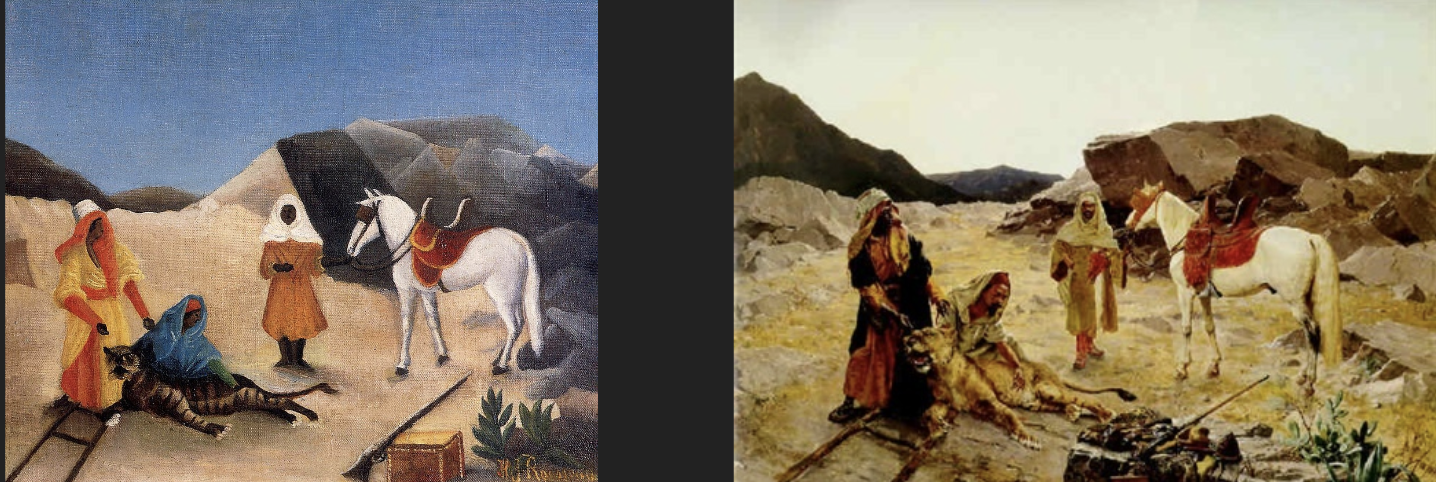
Rousseau, Tiger Hunt, 1895
One of his direct borrowings from Rudolf Ernst (right), shows the view of an unchanging exotic past, the bodies of color are used as a central tool by white artists to a white audience to perpetuate this vision
Also moves forward into Picasso’s work
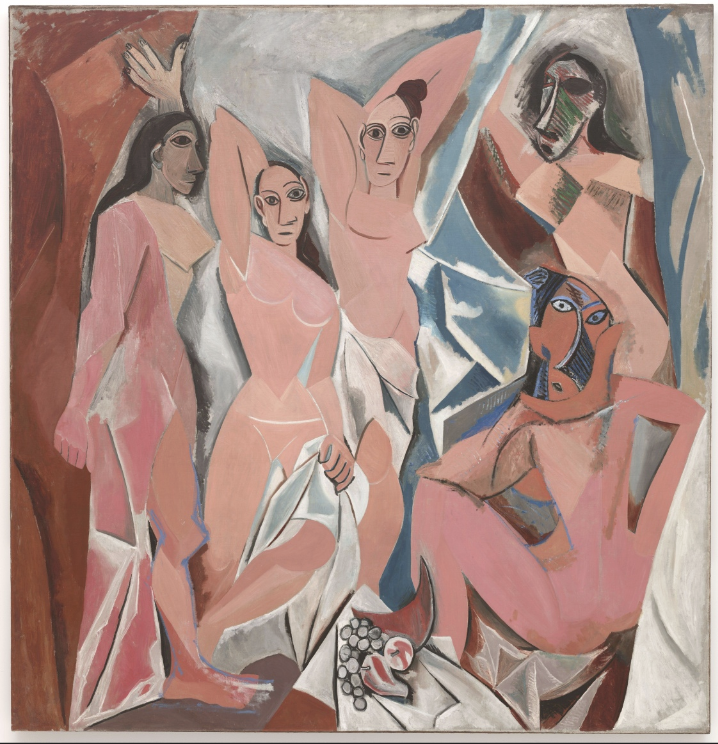
Picasso, Les Demoiselles d’Avignon, oil on canvas, MOMA
Prostitutes, influenced by African masks, completely appropriating the masks to be something strange and alien